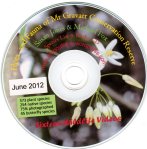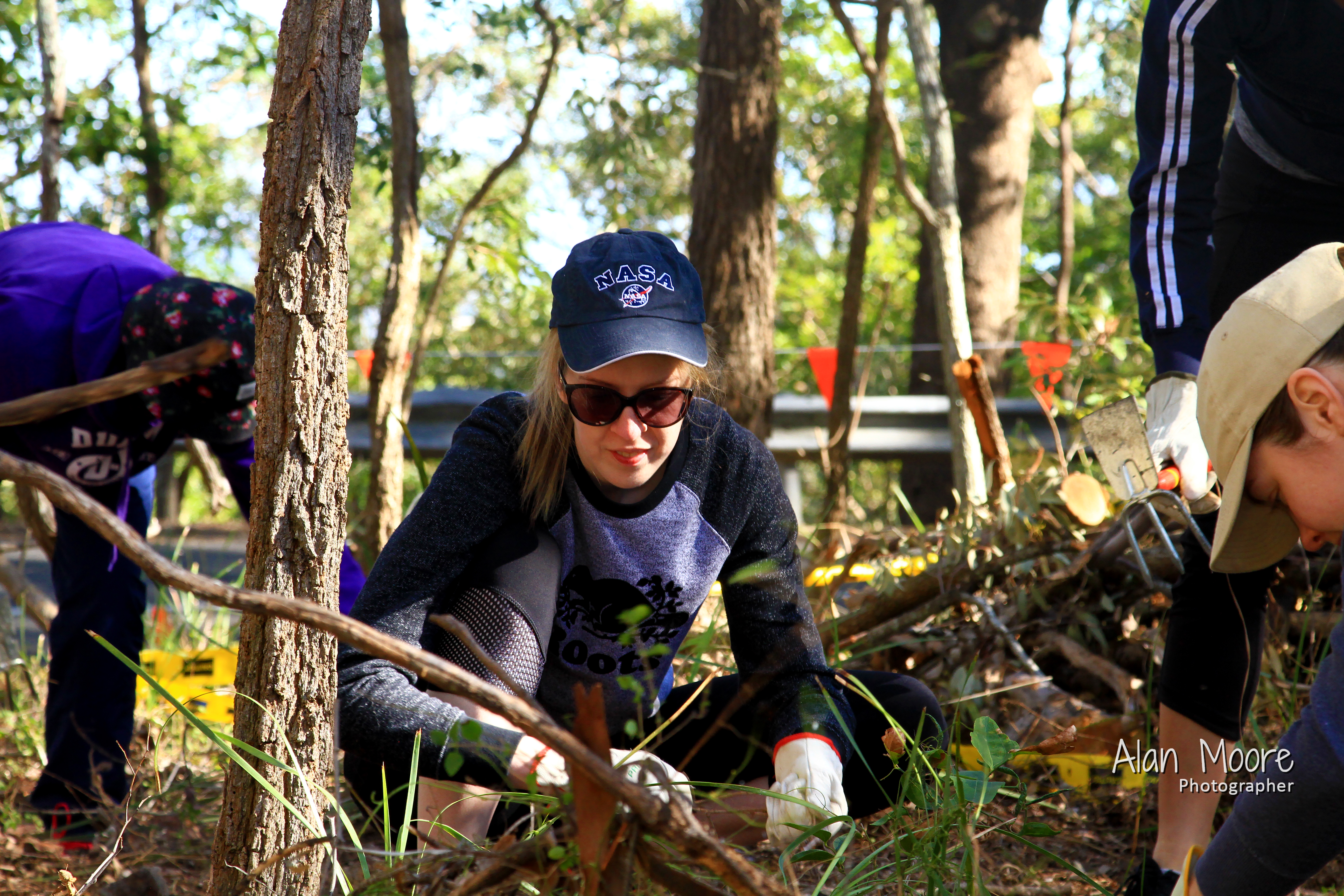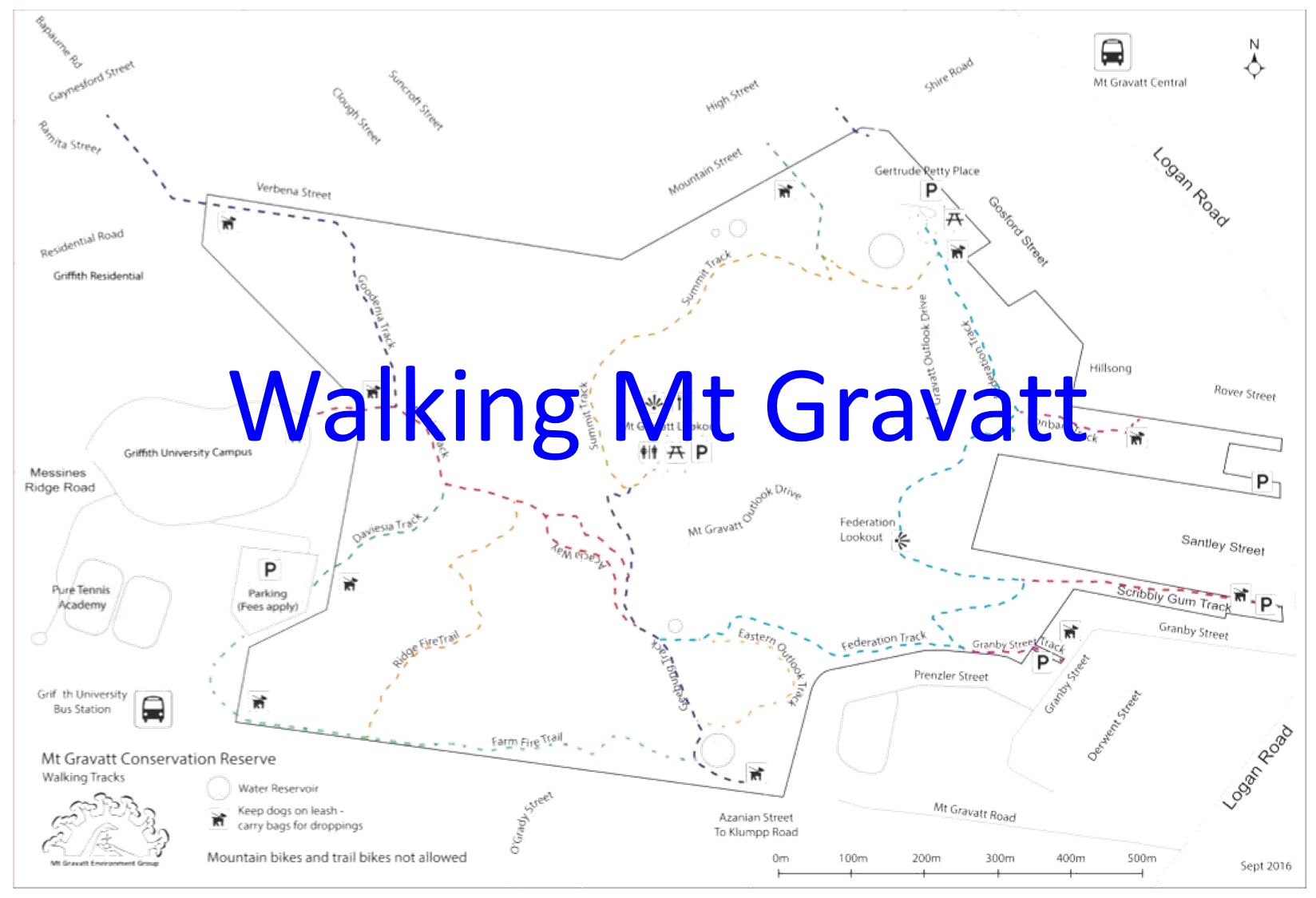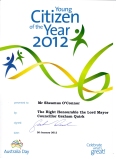 Flora & Fauna of Mt Gravatt Conservation Reserve showcases the extraordinary beauty of this special piece of bush in the middle of our community and the damage caused by weeds, which are often spreading from our own gardens.
Flora & Fauna of Mt Gravatt Conservation Reserve showcases the extraordinary beauty of this special piece of bush in the middle of our community and the damage caused by weeds, which are often spreading from our own gardens.
Flora & Fauna of Mt Gravatt Conservation Reserve is also a dynamic learning tool for the authors, which means mistakes in identification and other information will occur from time to time. As these mistakes are challenged our knowledge expands and corrections made in this expanding record of information about our local flora and fauna.
All photographs taken in Mt Gravatt Conservation Reserve.
Photographs not taken by authors acknowledged.
© Creative Commons – free use with attribution to Mt Gravatt Environment Group
Flora
- Flora Species List
- Herb – Lily – Sedge
- Fern – Moss
- Fungi
- Grasses
- Vine – Creeper
- Tree – Shrub
- Identify Differences in Plants
Fauna











February 21, 2013 at 4:15 am
Can you recommend a good Chinese Elm tree removing person? Some years ago I had the source tree removed (due to VERY toxic bat poo all over my back deck). However, nothing seems to stop the onwards and ever onwards infestation of my yard. I live in East Brisbane. Thank you and best wishes. Robyn
February 21, 2013 at 8:13 am
Robyn, I am happy to recommend Dale at Climb n Grind … he as a way with Chinese Elms … see a video of him in action at http://www.megoutlook.wordpress.com/2012/10/21/extreme-weeding-20-metres-up/
Dale’s contact details are
mobile – 0429 097 476
email – sales@forthebestgrindintown.com.au
web – http://www.forthebestgrindintown.com.au
April 7, 2015 at 2:34 pm
[…] Flora & Fauna […]
April 24, 2018 at 2:33 pm
[…] Flora & Fauna […]
May 21, 2018 at 6:15 pm
[…] Flora & Fauna […]
October 1, 2018 at 5:52 pm
[…] Flora & Fauna […]
March 5, 2019 at 7:27 pm
[…] Flora & Fauna […]
May 12, 2019 at 7:51 pm
[…] Flora & Fauna […]
May 22, 2019 at 8:28 pm
[…] Flora & Fauna […]
February 9, 2020 at 2:24 pm
[…] Flora & Fauna […]
March 8, 2020 at 8:42 pm
[…] Flora & Fauna […]
April 19, 2020 at 8:22 pm
I saw a swamp wallaby in bushland at Mt Gravatt campus near the lagoon, Saturday 18/04/20
April 20, 2020 at 2:23 pm
Thanks David … we have had a number of sighting reported over last few years however no photos yet. Perhaps we need to set up a wildlife camera.
November 15, 2021 at 8:45 am
[…] Flora & Fauna […]
March 25, 2022 at 7:09 pm
Hi! My house backs onto toohey forest (Verbena st near Mt gravatt campas). In the middle of renovations but would love to plant some bird attracting natives behind my newly installed block wall.
The council have placed mulch down – and I’m willing to plant some natives myself but I would like to know if you have any recommendations? I’m looking at large flowering shrubs.
Thanks
March 26, 2022 at 5:27 pm
Hi Richard
Four broad categories attract our native birds – nectar (Rainbow Lorikeets and Noisy Minors), Seed (King Parrots), fruit (Figbird and White-headed Pigeon) and insects (Fairy Wrens and Sacred Kingfisher) https://pollinatorlink.files.wordpress.com/2016/10/pollinator-link-flyer.pdf
Some ideas on large shrubs
Leptospermum polygalifolium, L. flavescens, L. juniperinum, L. petersonii
Callistemon salignus http://anpsa.org.au/c-sali.html
Callistemon viminalis https://www.anbg.gov.au/gnp/gnp12/callistemon-viminalis.html
Olearia nernstii https://pollinatorlink.files.wordpress.com/2021/06/olearia-nernstii-snow-bush.pdf
Trema tomentosa var aspera – https://pollinatorlink.files.wordpress.com/2021/06/trema-tomentosa-var-aspera-pollinator-link-ver-1.1.pdf
Bursaria spinosa http://anpsa.org.au/b-spin.html
It is important to plant local natives particularly if you want to attract birds https://pollinatorlink.files.wordpress.com/2018/04/plant-locals-to-feed-locals-ver-1-0.pdf
Three local community nurseries you can try are:
Norman Creek Catchment https://www.norman-creek-catchment.org.au/index.php
Bulimba Creek Catchment https://bulimbacreek.org.au/about/the-bulimba-creek-catchment/
Oxley Creek Catchment http://www.oxleycreekcatchment.org.au/the-catchment/about-oxley/
Michael Fox
February 20, 2024 at 7:05 pm
[…] Flora & Fauna […]